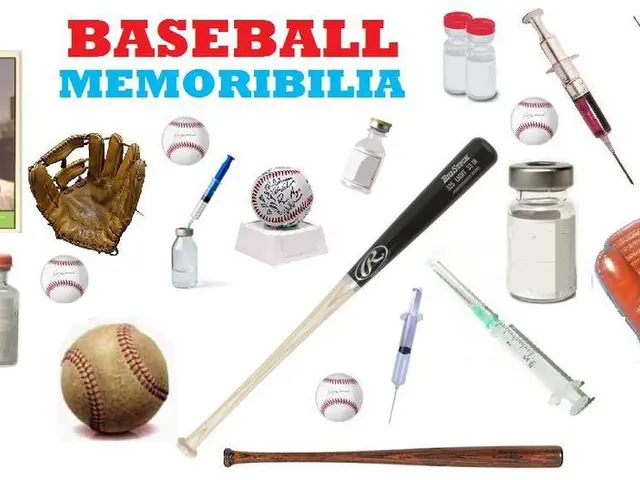End-of-Life Management and Care for Glioblastoma Patients
In the final stages of Glioblastoma Multiforme (GBM), a type of brain tumour that grows in the cells of the brain or spine known as "glia," individuals may experience a range of symptoms that reflect severe neurological decline and systemic deterioration.
Profound weakness or paralysis, often on one side of the body, is a common symptom due to the tumour’s effects on motor control areas of the brain. This can severely limit mobility and the ability to perform daily tasks, frequently rendering patients bedridden.
Cognitive and mental status changes are also prevalent. These include increasing confusion, disorientation, inability to recognize familiar people or surroundings, decreased consciousness, and sometimes coma related to tumour progression and increased intracranial pressure.
Severe headaches, seizures, memory loss, personality changes, and worsening cognitive impairment significantly affect quality of life. As the disease progresses, individuals may lose their independence with self-care.
Common end-of-life signs for people with GBM may include decreased appetite, social withdrawal, changes in behaviour, increased fatigue, difficulty speaking or swallowing, labored breathing, vision changes, seizures, loss of bowel and bladder control, and changes in vital signs such as slower, less regular, and shallower breathing, irregular heart rate, and dropping blood pressure.
Palliative care aimed at symptom relief and emotional support becomes central to maintaining patient comfort and dignity during this stage. Providing emotional support, listening to concerns, offering comfort and reassurance, and spending quality time with the dying person can help those affected by GBM.
Caregivers and family members of those affected by glioblastoma may experience grief, stress, and sadness. It is important for them to take time for self-care and seek support from family, friends, healthcare professionals, or counsellors.
Various resources are available to assist in coping with the loss of a loved one, including Cancer Care and Cancer Support Community. It is also essential to keep the environment calm and peaceful, give pain medications as directed by the healthcare team, and arrange for visits from close friends and family members.
End of life with glioblastoma is a difficult experience for those affected and their loved ones. However, understanding the symptoms and seeking support can help navigate this challenging time.
[1] National Brain Tumor Society. (2021). Glioblastoma. Retrieved from https://gbmtumorcenter.org/glioblastoma/
[3] American Brain Tumor Association. (2021). Glioblastoma Multiforme (GBM). Retrieved from https://www.abta.org/resource/glioblastoma-multiforme-gbm
[5] Mayo Clinic. (2021). Glioblastoma multiforme (GBM). Retrieved from https://www.mayoclinic.org/diseases-conditions/glioblastoma/symptoms-causes/syc-20373998
Read also:
- Government agency GovCIO plans to acquire SoldierPoint Digital Health, aiming to expand digital health services for the VA.
- Efficiently Manipulating an Immobile Person in Bed: Expert Techniques Revealed
- Pioneering Surgical Milestone: Porunai Hospitals Performs South Tamil Nadu's Inaugural Video-Assisted Thoracoscopic Surgery (VATS) Lobectomy
- Cleanroom facility for cell therapy production revealed by Cartherics







